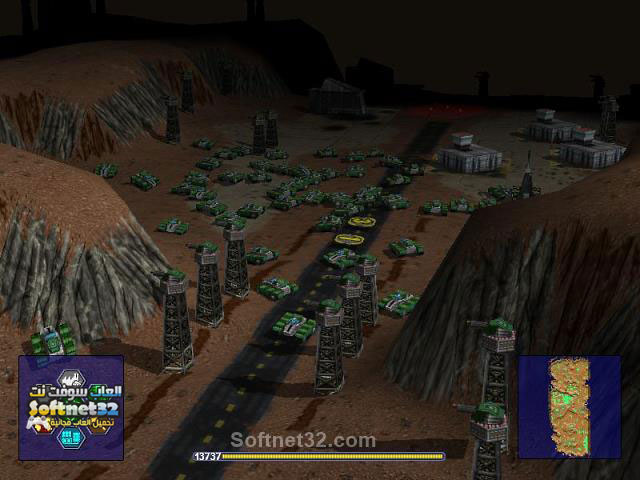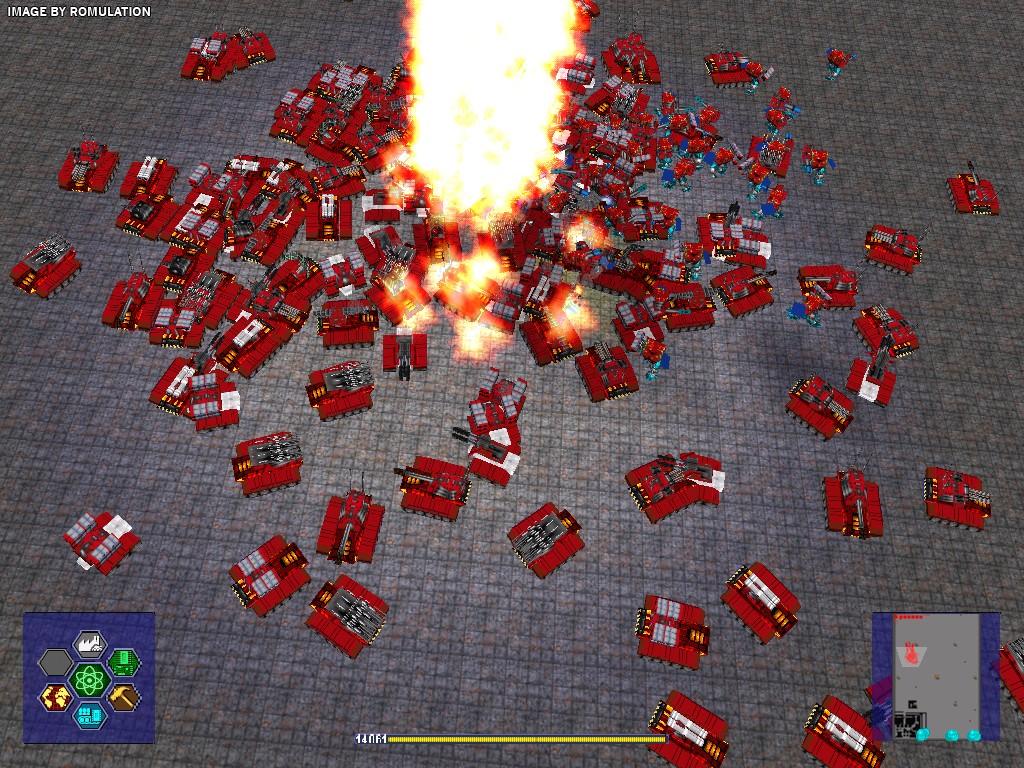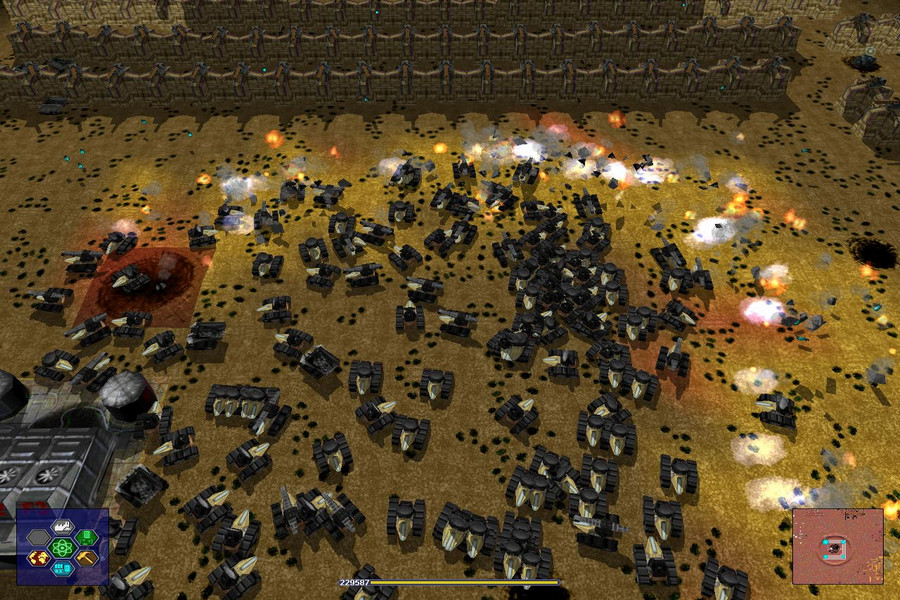
Despite their intelligence, units can't seem to get from point A to point B correctly each time, and Warzone 2100 features some moderate unit-pathfinding frustrations. A repair bot will commence repairs on any nearby damaged unit without being handheld through the process. Another nice touch in Warzone 2100 is unit autonomy. Although that figure seems absurd, there are so many enemy units in Warzone 2100 (and you'll build plenty yourself), that a high kill count isn't necessarily out of reach.
#GAMES WARZONE 2100 MANUAL#
A glance at the game manual reveals that if a unit manages to amass 512 kills, it will achieve hero status. Additionally, units gain experience based on the number of kills a unit with more experience will fire more accurately and withstand more punishment. Units can be ordered to retreat when damaged, fire at long range, or attach themselves to sensor towers to attack enemies within range. The artificial intelligence of units is impressive, though most of the positive effects rely on various interface options. For instance, tanks have five different body styles on which you can affix several different tracks and weaponry, leaving you with five similar tanks (though the more-powerful body styles receive the better weapon choices).


Although the box touts over 2,000 different unit design combinations, the actual number seems more limited. Unit types include tanks, hovercraft, VTOLs (aircraft), and cyborg infantry, and weapons such as rockets, mortars, machine guns, cannons, and cluster bombs can be fitted to the designs. Once the weaker units become obsolete (as you're sure to eventually research better components), you can delete the design and even recycle the old units for the new and improved variety. For instance, perhaps you need a small, fast, reconnaissance unit just open up the design menu, select the various components, then begin construction at a factory. Instead of dishing out generic tanks, jeeps, and planes, Warzone 2100 permits you to design units based on whichever chassis, wheels, weapons, and special abilities have been researched. Moving the focus away from the - some would argue - tedious micromanagement of resource gathering makes room for Warzone 2100's extensive research tech tree and unit design. Trucks, the chief builders in the game, serve simply for building base structures and repairing them. Locate the oil source, construct an oil derrick and a power station, and the "money" begins pouring in. Just one commodity exists in the future: oil. And you won't have to concentrate on multiple moneymaking endeavors. Gone is the need to create dozens of resource gatherers, like Command & Conquer's harvesters or Starcraft's SCVs. Warzone 2100 eschews the art of resource management for the most part, particularly in the single-player campaign. Although the formula remains intact, there are several twists. Like most real-time strategy games, Warzone 2100 follows a basic formula: Gather resources, construct your base, and then engage enemy defenses. As a commander heading up the effort, you'll realize over the course of the game's three campaigns that you aren't alone in the search for old technology. Fast-forward to 2100 - a group of survivors form The Project to search for pre-collapse technologies. Instead of defending against an assault, the NASDA satellite system launches a first attack against the major cities around the world, and targeted countries soon retaliate against North America with their own set of missiles. In the year 2085, the system designed to protect North America from nuclear warfare malfunctions. Impressive in some areas yet lacking in others, Warzone 2100's highly navigable 3D engine, unique campaign structure, and multiplayer gameplay should please most real-time strategy fans. But how has the real-time strategy game changed during the genre's extended absence? Warzone 2100, from Eidos Interactive and Pumpkin Studios, marks a slight deviation from the formula, emphasizing action over strategy and combat over base micromanagement. Over the next several months, you should be able to sink your collective resource gatherers into a host of highly anticipated real-time strategy games, including Total Annihilation: Kingdoms and Command & Conquer 2: Tiberian Sun.

The recession period of the real-time strategy game nears an end.


 0 kommentar(er)
0 kommentar(er)
